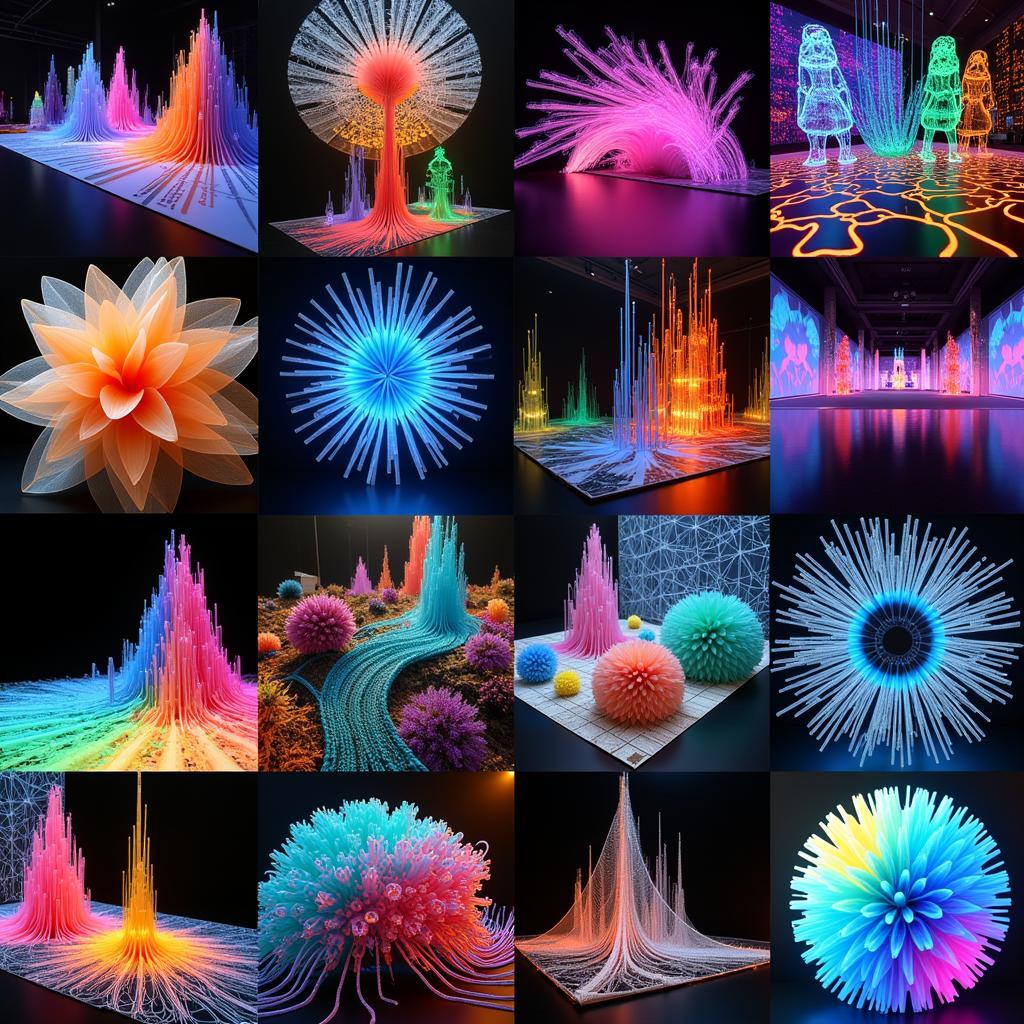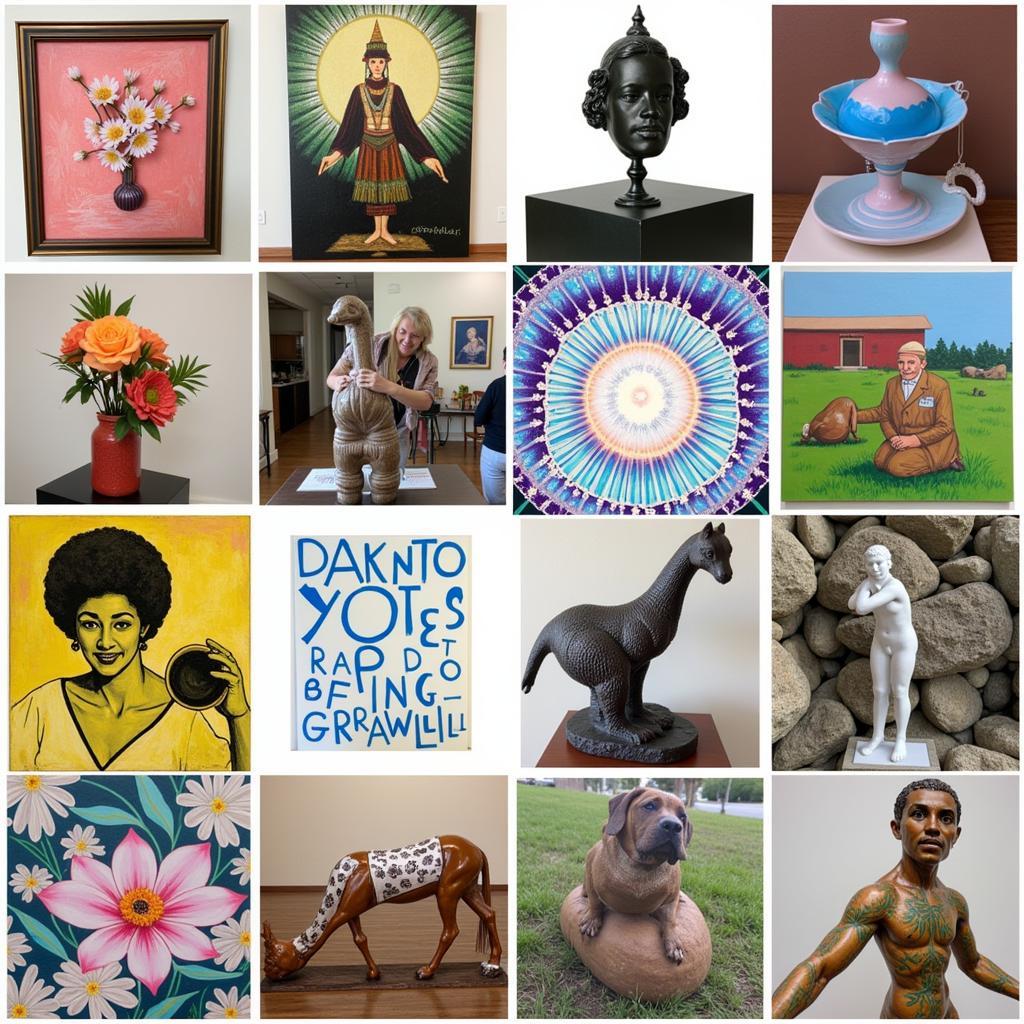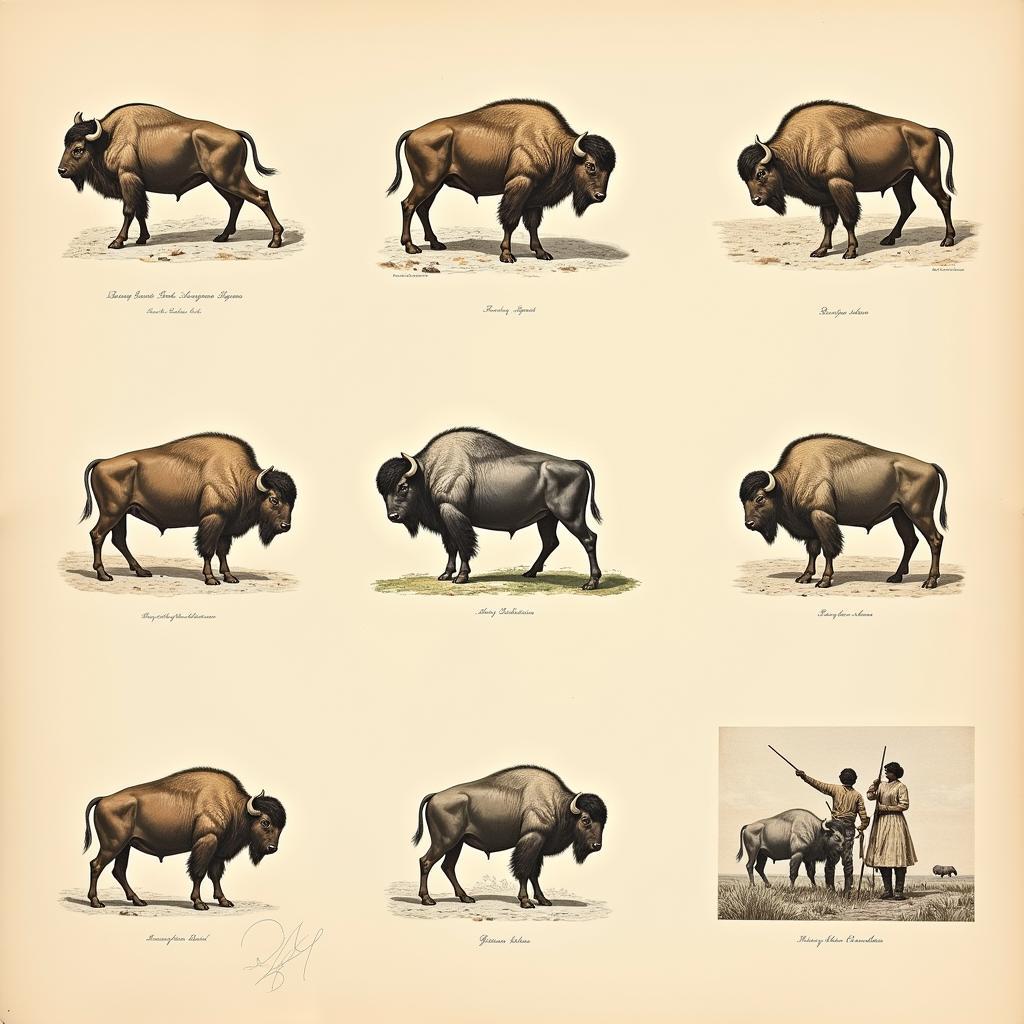Kurt Vonnegut Art: Finding the Human in the Absurd
Kurt Vonnegut, the celebrated author of Slaughterhouse-Five and Cat’s Cradle, possessed a unique ability to blend satire, science fiction, and poignant social commentary. But did you know he was also a passionate visual artist? While his literary prowess often overshadows his artistic pursuits, exploring Vonnegut’s art reveals fascinating insights into his creative mind and offers a new lens through which to appreciate his iconic literary works.
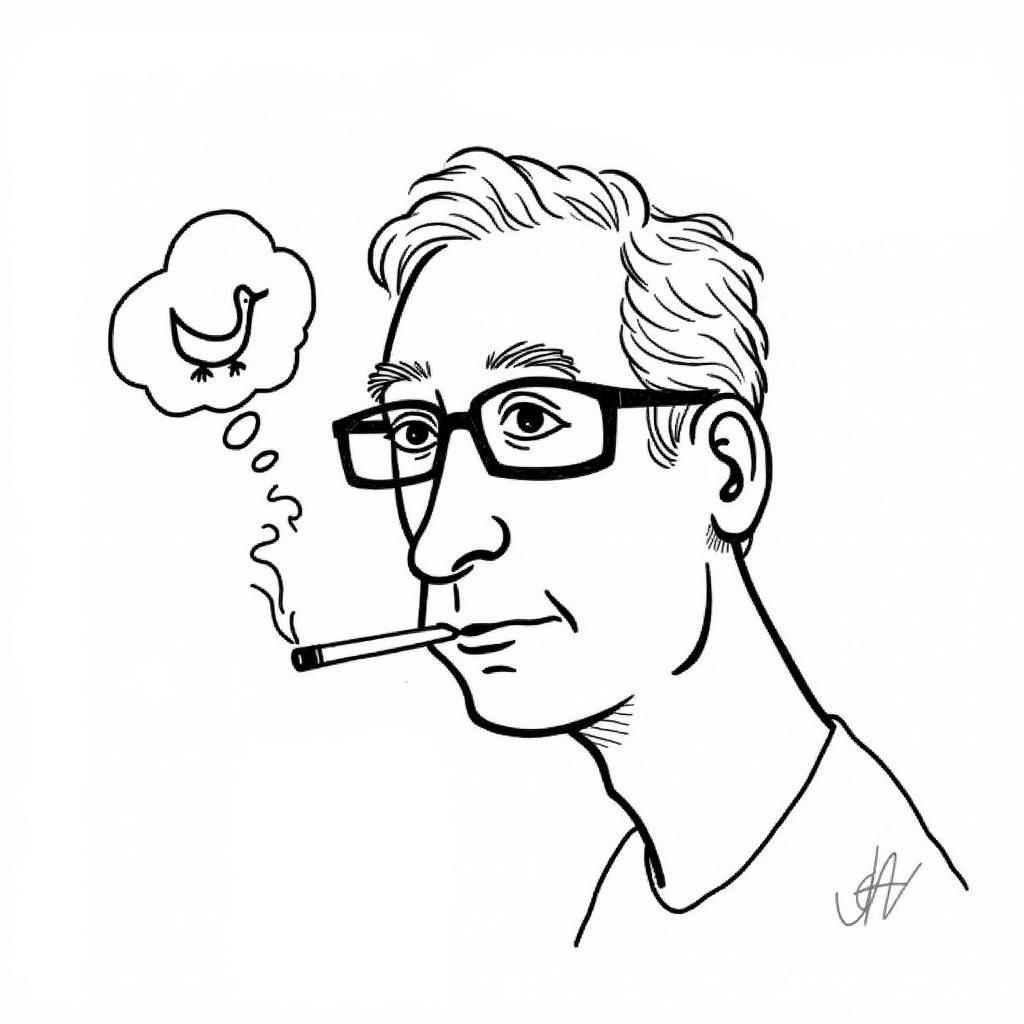 Kurt Vonnegut self-portrait drawing
Kurt Vonnegut self-portrait drawing
Vonnegut’s foray into the visual arts began relatively late in his career, often serving as a form of creative release from the demands of writing. He primarily worked with felt-tip pens and markers, creating bold, simplistic drawings that reflected his signature wit and darkly humorous worldview.
A Different Kind of Canvas: Exploring Vonnegut’s Artistic Themes
Just as his novels tackled complex themes like war, technology, and the human condition, Vonnegut’s art grappled with similar ideas. His drawings frequently feature recurring motifs such as:
-
The Everyman: Vonnegut’s characters, both in his writing and art, often represent the average person trying to navigate a chaotic and often absurd world. These figures, drawn with minimalist lines and exaggerated features, evoke a sense of relatable vulnerability.
-
Technology and its Discontents: A recurring theme in Vonnegut’s work is the double-edged sword of technology. His drawings often depict machines, robots, and futuristic landscapes, hinting at both the promise and peril of technological advancement.
-
Dark Humor and Social Commentary: Vonnegut never shied away from tackling difficult subjects, and his art is no exception. Through his drawings, he satirizes societal norms, questions authority, and exposes the absurdity of human behavior with a blend of wit and uncomfortable truths.
“Vonnegut’s art, like his writing, is a form of rebellion against the mundane,” says art historian Dr. Eleanor Vance. “He uses simple lines and shapes to convey complex emotions and challenge our perceptions of the world.”
The Intersection of Words and Images: How Art Informed Vonnegut’s Writing
While Vonnegut may be best known for his literary achievements, his visual art offers a unique window into his creative process. The recurring themes and stylistic choices in his drawings suggest a deep interconnectedness between his visual and written work.
-
Visual Storytelling: Vonnegut’s background in anthropology likely contributed to his keen eye for observation and his ability to capture the essence of human experience through both words and images. His drawings often feel like single-panel comics, telling concise stories with minimal details.
-
Satire and Simplicity: Both Vonnegut’s writing and art utilize satire and simplicity to convey profound messages. His minimalist drawing style, much like his straightforward prose, allows the underlying ideas and emotions to take center stage.
-
A Playful Approach to Serious Subjects: Despite tackling weighty themes, Vonnegut’s art maintains a sense of playfulness. His use of bold colors, whimsical imagery, and unexpected juxtapositions invites viewers to engage with challenging topics through a lens of humor and absurdity.
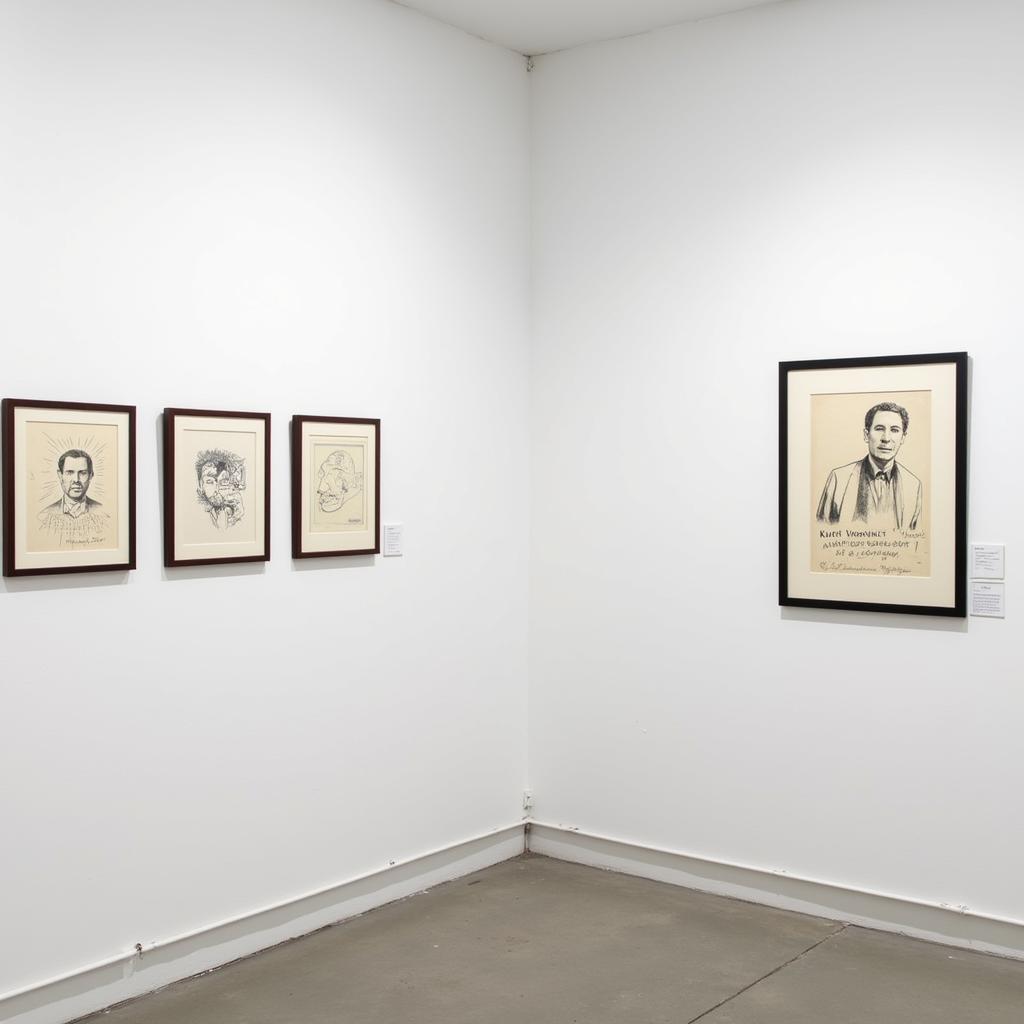 Kurt Vonnegut art exhibition
Kurt Vonnegut art exhibition
Beyond the Page: The Enduring Appeal of Kurt Vonnegut Art
Kurt Vonnegut’s legacy extends far beyond the printed page. His art, though less known, offers a valuable entry point into understanding his creative genius and the interconnectedness of his artistic vision. By exploring his drawings alongside his writing, we gain a deeper appreciation for the depth and breadth of his talent. Just as his novels continue to resonate with readers today, Vonnegut’s art retains a timeless quality, prompting us to question, to laugh, and to find the human even in the face of absurdity.

